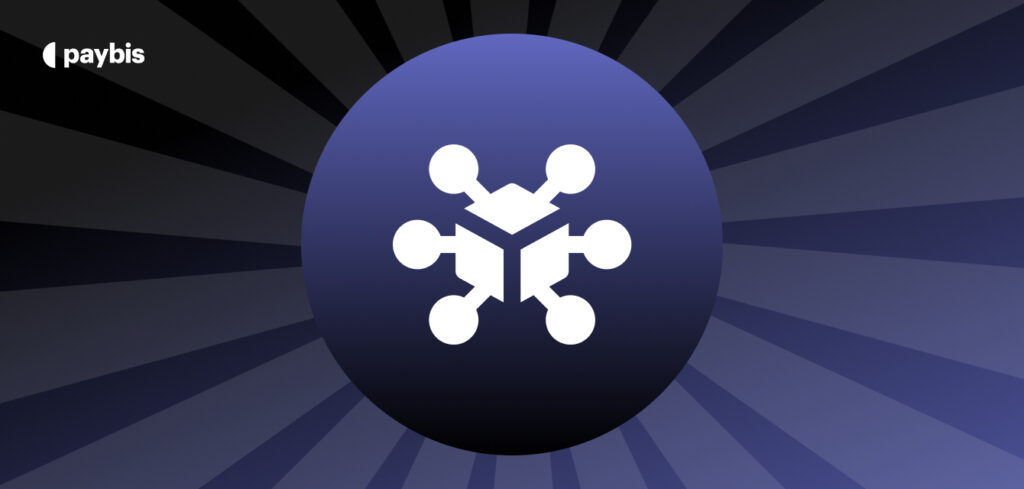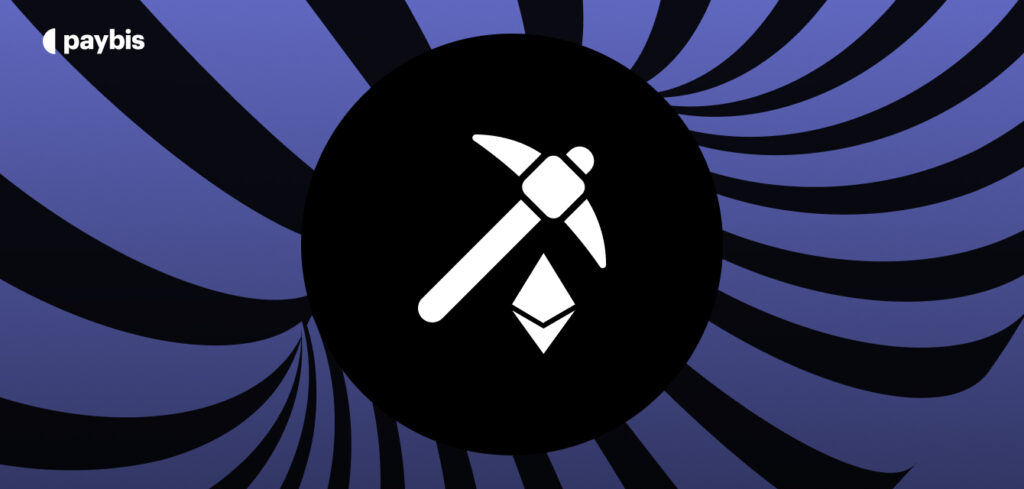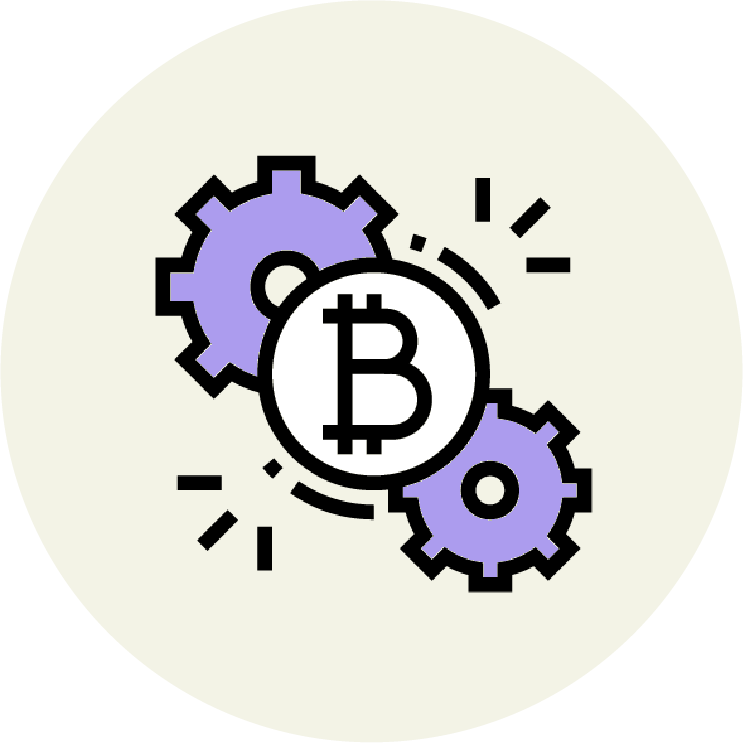Block Reward
A block reward stands for the amount of token given as stimulus to blockchain miners or network validators for verifying transactions, creating, and and adding new blocks to the blockchain
Table of contents
What is Block Reward?
Block reward is a cryptocurrency incentive given to miners or validators of a blockchain protocol for successfully creating and adding a new block to the network. This serves as a mechanism to incentivize miners (in Proof-of-Work) and validators (in Proof-of-Stake) to contribute their computational resources to secure the network and validate transactions.
What are the Components of a Block Reward?
Block rewards are made up of two components:
- Newly minted tokens: A predefined amount of the cryptocurrency used by the blockchain is released and added to the current supply when a new block is created.
- Transaction fees: Network validators and miners receive all the transaction fees generated from all the transactions in the blocks created.
How Do Block Rewards Work?
The following are steps by which block rewards work:
- Mining Process Initiation: Miners compete to solve complex mathematical puzzles in a process known as mining. These puzzles require significant computational power to solve and serve as a way to secure the blockchain network and validate transactions.
- Block Creation: Miners and validators gather transactions from the network, collect the transaction fees, and include them into a block.
- Finding a Valid Solution: Miners work to find a valid solution to the mathematical puzzle associated with the block. This involves repeatedly hashing the block header, which includes a nonce value that miners can adjust, until they find a hash that meets the difficulty target set by the network.
- Validation and Consensus: Once a miner finds a valid solution, they broadcast the new block to the network. Other nodes in the network verify the block’s validity using the blockchain’s consensus mechanism, ensuring that the transactions are legitimate.
- Reward Distribution: If the block is deemed valid by the network, the miner who successfully mined the block is rewarded with the block reward. This reward consists of the newly created token and the transaction fees collected from the transactions included in the block.
It is important to note that in many blockchain protocols such Bitcoin and Litecoin, block rewards are halved at predetermined intervals known as Halving Events. This interval for Bitcoin is every 210,000 blocks (~ every four years). Reducing block rewards controls token inflation rate and ensures a finite supply for the cryptocurrency.
Four years ago, the block reward for miners on Bitcoin was 6.25 BTC. The current reward for newly created blocks on the Bitcoin chain is 3.125 BTC.
Difference between Block Rewards and Transaction Fees
| Characteristic | Block Rewards | Transaction Fees |
| Purpose | Incentivize block creation | Incentivize transaction verification and processing |
| Source | Newly minted cryptocurrency | Paid by users |
| Amount | Typically fixed or predetermined | Varying, depending on network congestion and transaction priority |
| Function | Encourage miners/validators to create new blocks | Compensate miners/validators for transaction verification and security |
| Network Impact | Introduce new cryptocurrency into circulation, increasing overall supply | Help maintain network security and transaction processing |
The Importance of Block Reward
Block rewards have been an essential part of blockchain technology since inception. The following are reasons why they it is an important mechanism:
- Security: Block rewards exist to encourage miners and validators to secure the network, validate new transactions and create new blocks.
- Cost reimbursement: Block rewards can be used to cover costs such as electricity consumption and hardware maintenance.
- Decentralization and token distribution: Block rewards are used to introduce new tokens into circulation using a predefined system to increase the token’s overall supply. This helps decentralize the tokens so it can be held by a diverse set of participants.
Browse the Paybis Glossary to master more web3 lingo!
Alternatively, explore related terms and articles below.
Disclaimer: Don’t invest unless you’re prepared to lose all the money you invest. This is a high‑risk investment and you should not expect to be protected if something goes wrong. Take 2 mins to learn more at: https://go.payb.is/FCA-Info


